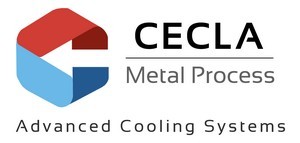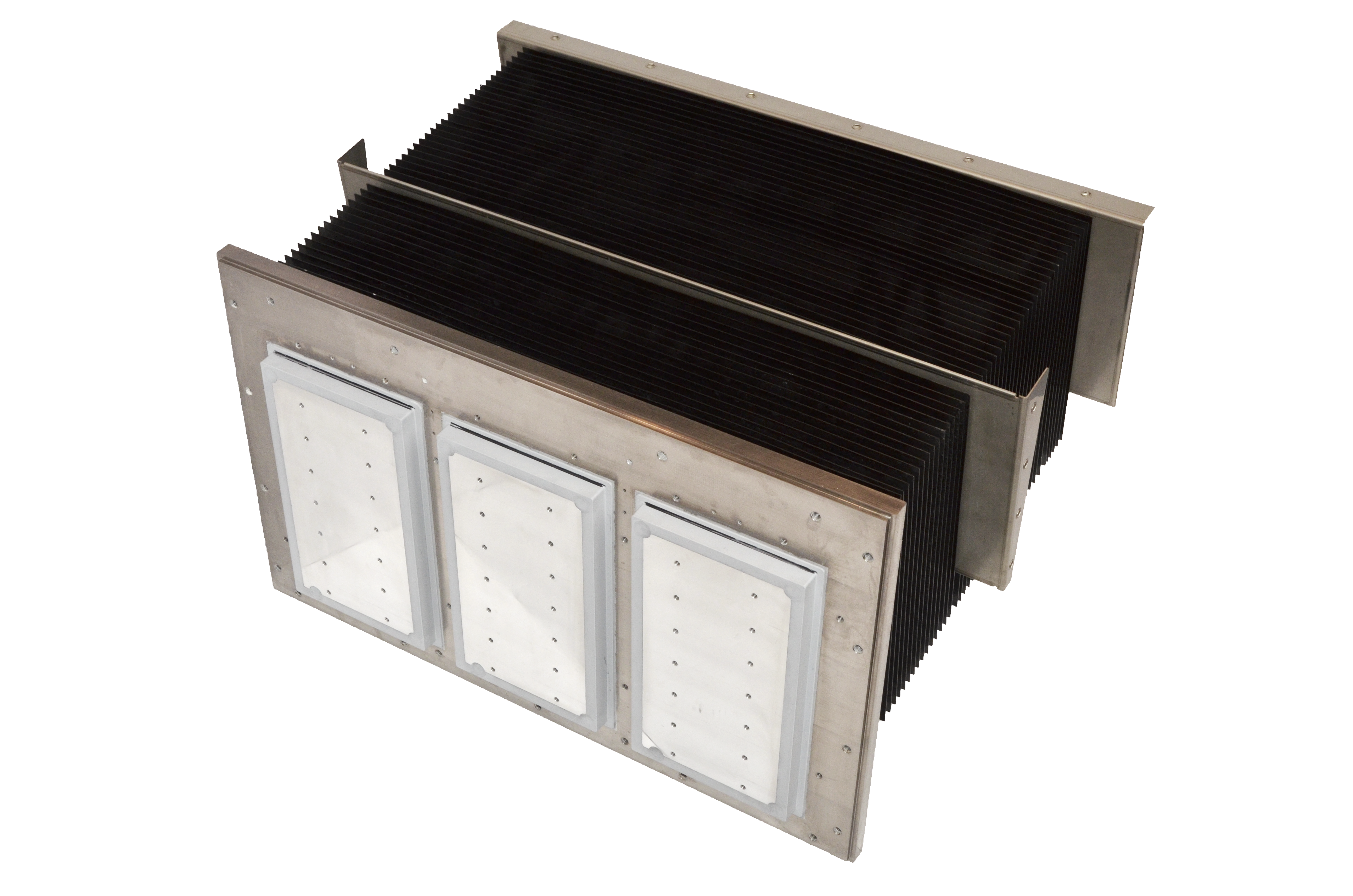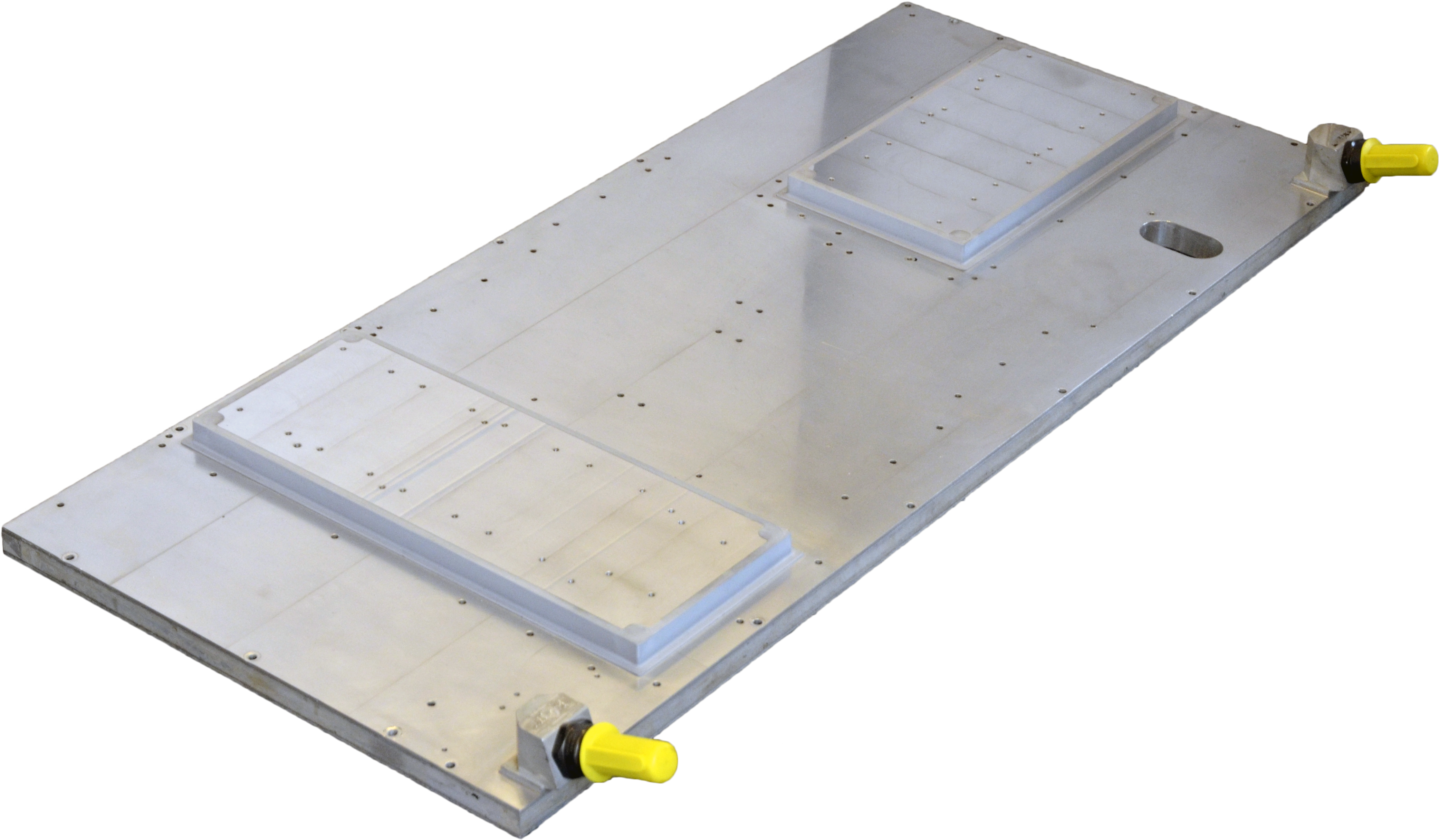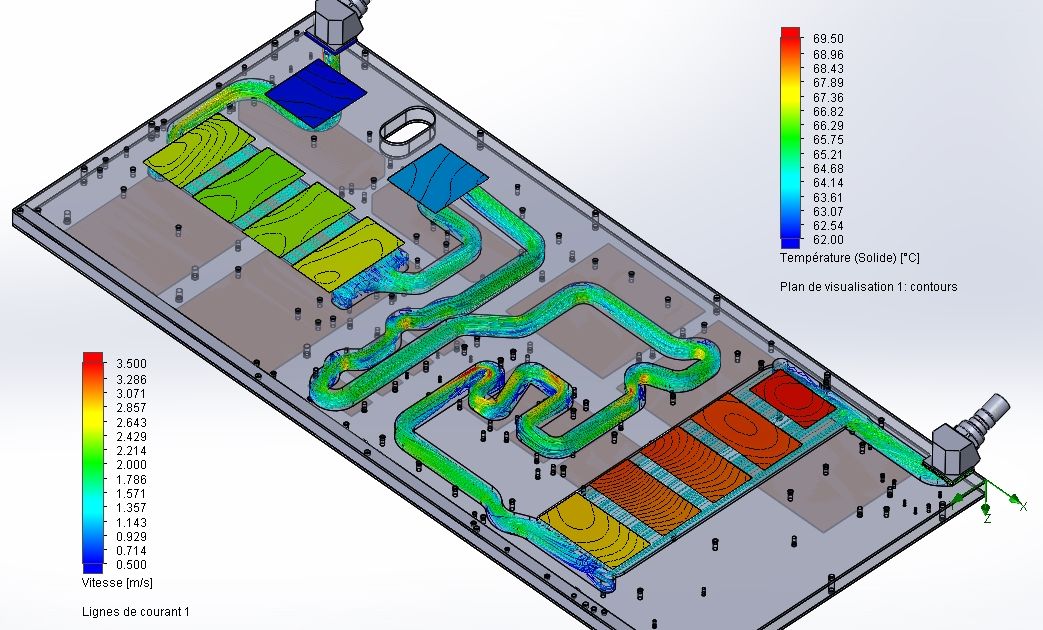Two-phases – Heat pipes
Thermal management for electronic components is a main issue for the performance of power converters and computers. Performance of electronics components is currently improving, leading to huge amount and high density of power.
Among classical cooling systems, heat pipe hold a particular position because of it is a passive solution. Patented in 1942, the heat pipe technology has been widely used during the sixties for space applications. It is now more and more used for industrial applications.
General principle
A heat pipe is made by a sealed enclosure, a working fluid and a capillary network. During the manufacturing process, all the air enclosed in the pipe is removed. We insert the suitable quantity of fluid in order to fill up the capillary network. A balance between liquid phase and vapor phase is created.
When the heat is applied to one of the end of the pipe (evaporator area), the working fluid is transforming into vapor. This leads to a light increase of pressure that moves the vapor to the other end of the pipe (condenser area). In the condenser area, vapor is transforming back into liquid. The liquid is flowing through the capillary networks and then come back to the evaporator side with the help of gravity (thermosiphon) or the capillary pumping effect (heat pipe). The cycle can be renewed indefinitely, it is autonomous and without any maintenance.
During the evaporation of the liquide the fluid absorbs energy. In return, it gives back energy during condensation of the vapor. Thus there is an overall thermal transfer between evaporator and condenser with a very small difference of temperature. The middle area between evaporator and condenser is adiabatic. This area can reach few meters, that allows heat transfer over high distances.
If you compare a heat pipe, with a full copper bar having the same dimensions, subjected to the same difference of temperature, the heat pipe has about 1000 time more thermal conductivity.
Position and size of the hot/cold sources can be variable. It is also possible to have several hot/cold sources. However accurates characteristics, are depending from the positions of these sources and pipe diameter.
The heat pipe is only a way to convey heat. If it is requested to dissipate the power to the air, it is necessary to set fins in order to increase exchange surface. A base plate is generally set up on evaporator in order to collect calories from the hot source (electronic components). As usual for thermal management, all the interfaces have to be flat and continuous for a good overall performance.
General caracteristics
Enclosure/Fluid classicaly used, and temperature ranges:
- Copper / Water: [+5°C ;+250°C] – Standard solution for electronic
- Copper / Ethanol: [-45°C ;+130°C] – Cold start applications
- Aluminium / Ammonia: [-60°C ; +70°C]
- Stainless steel / Ammonia: [-60°C ; +70°C]
Technologies
- Gravity heat pipe or Thermosiphon: pipe working with the help of gravity. It is requested that the hot source is below the cold source, with a minimum angle of 3° / horizontal
- Heat pipe with capillary structure: pipe working with capillary pumping. The negative inclination compared to horizontal can be allowed (hot source higher than cold one)
Power
- from 5W to 1000W per pipe
Thermal resistance and delta T°
- Depending from functionning point
Dimensions
- Diameter: 3mm to 16mm
- Length : 50mm to 5000mm
Applications
Type of cooler we can provide
- Surface / Air or Air / Surface
- Surface / Surface
- Air / Air
- Spreader
Capillary pumped loop (CPL)
Capillary pumped loop, have been derivated from heat pipe principle. Liquide phase is separated from vapor in the same closed loop.
CPLs are built with an evaporator area, a capillary structure and a condenser area. Heat flux on the evaporator is leading to a pressure increase in the capillary structure. The pressure increase push the working fluid to flow in the loop.
CPLs are interesting because of their resistance against high accelerations. Most of CPLs are used for spatial applications.
They are however hard to set up, because of the transitory cycles that may happen during start and stop.
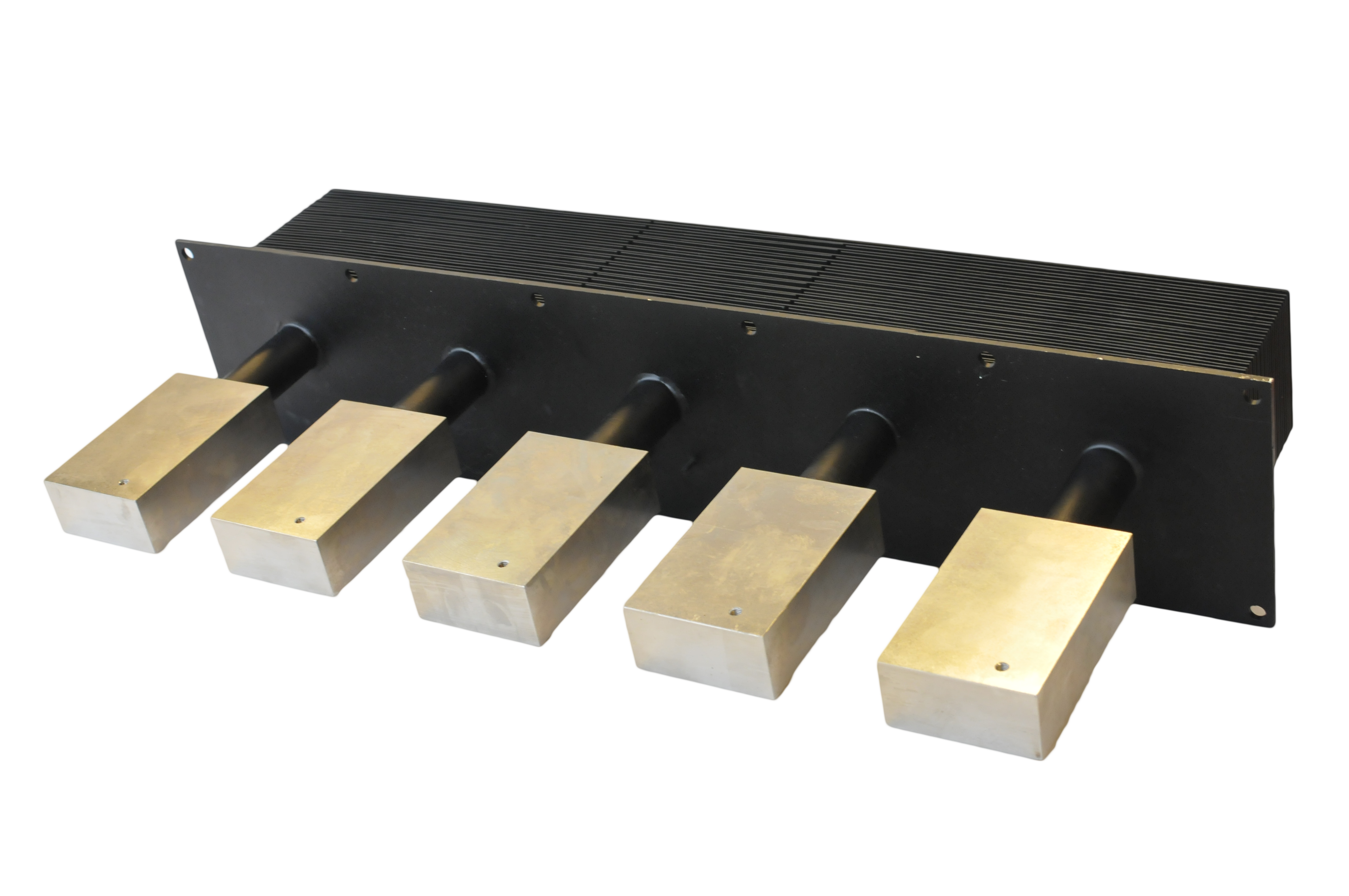 |
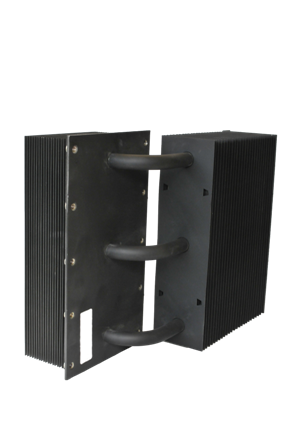 |
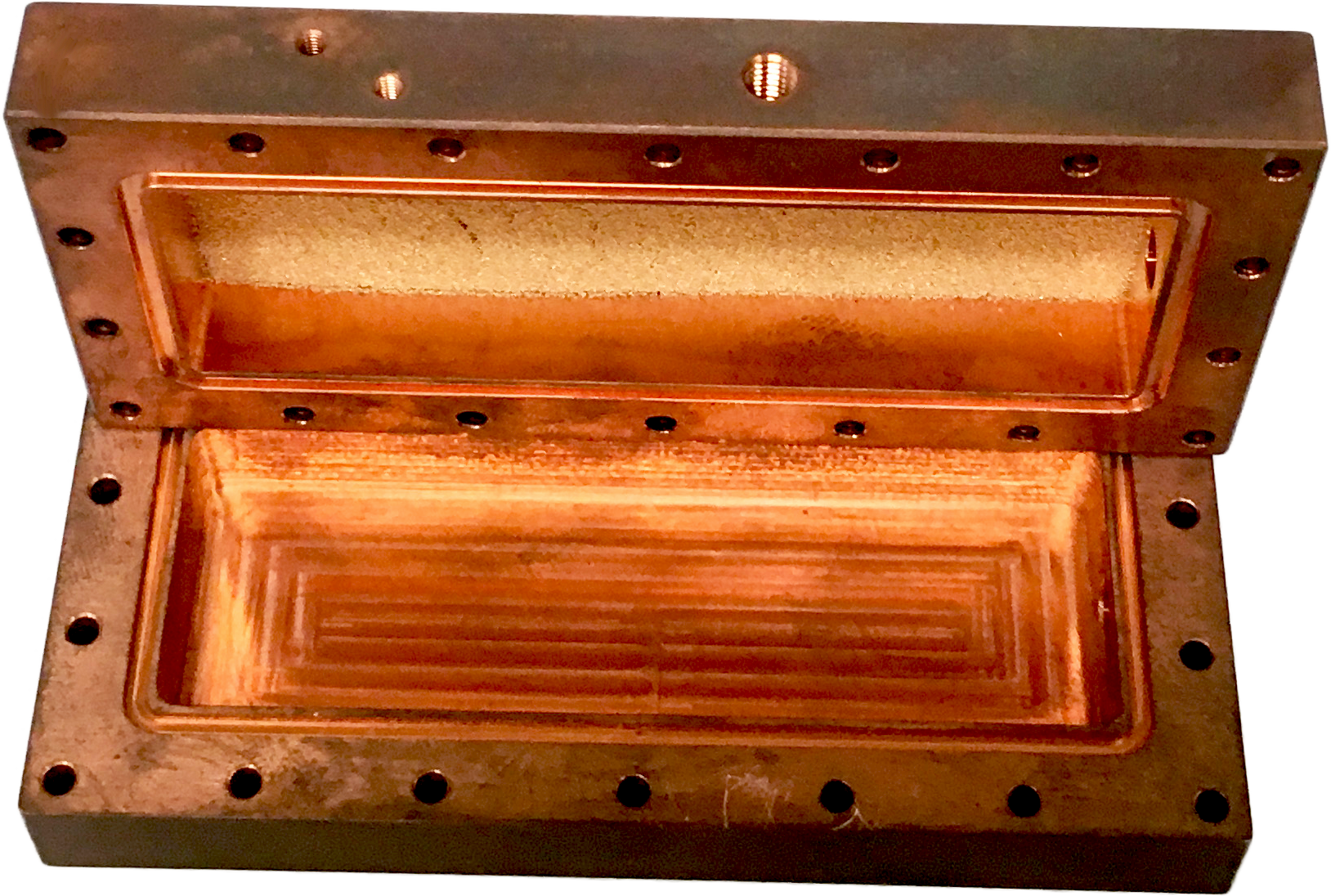 |
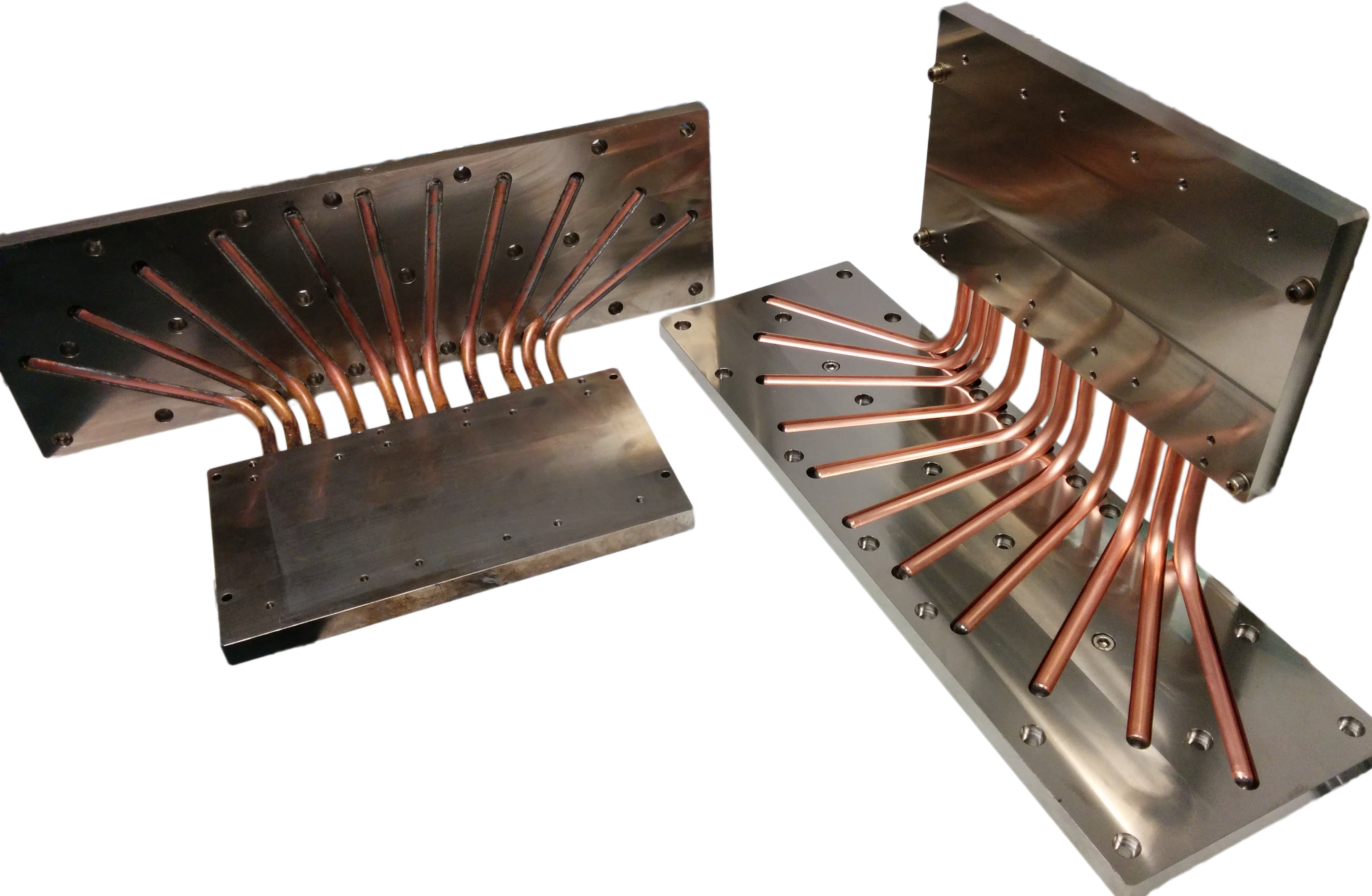 |
|
Surface/air heat pipes coolers |
Air/Air Heat pipes cooler |
Spreader |
Surface/Surface heat pipes cooler |
